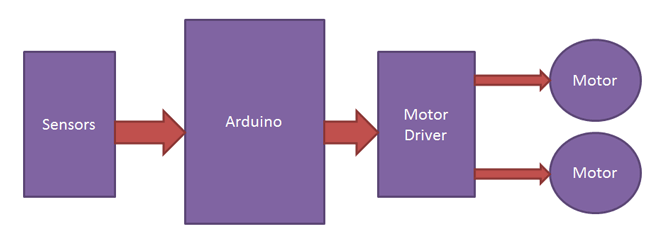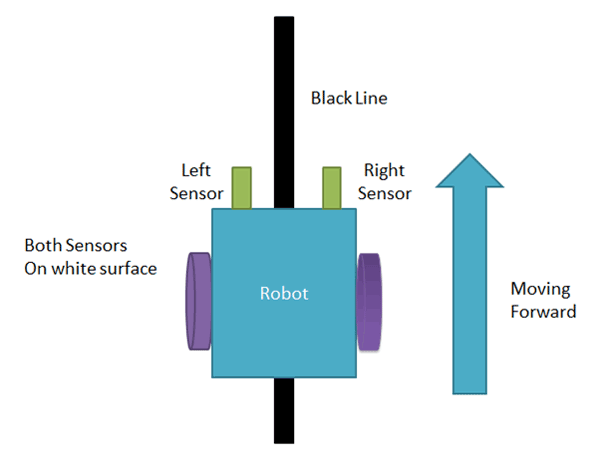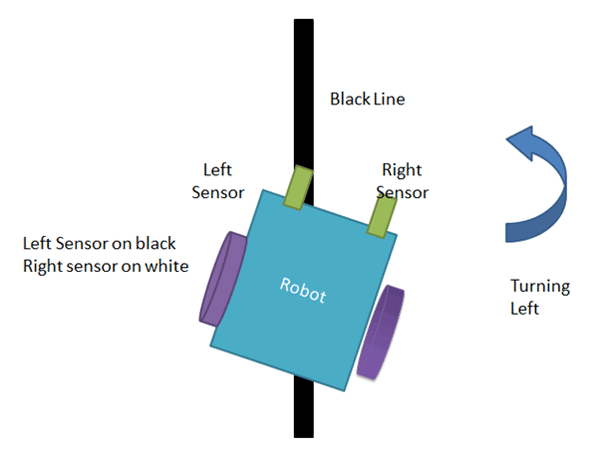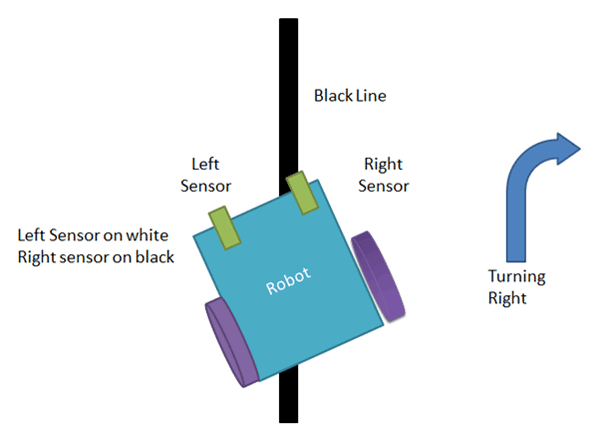assalam o alikum!
INTRODUCTION:
before going to hovercraft i'll put some light on it about it's background , origin , how it was made and the purposes and uses of it.
from past i have shown in my blog i wrotten before about the drone and it was a something new for me to make an implement it and make it by my self and i'm very satisfied from the work i have done it was a moment of joy for me and i enjoyed it very much.
but after the discovery of drone the new thing was that why can't we combine all the three medium U.A.V like we use drone in air car L.F.R on ground and Ship's in water.... so after the thinking and a lot of meetings of engineer's it was decided make an U.A.V that can travel in all the three medium's and so some new thing was made that was latter named as hovercraft..
Design:
next step is how to design a hover craft because it has to travel in all the three modes so it's designing was a difficult task rather it took long time of mine to upto 6 month's to design it but i was succeeded the design was to make two duck's in two part's of the design one horizontally and other vertically.
horizontally was to lift it up and vertical was to move it forward, having a parachute hard material piece of cloth.
design will be cleared when you watch the video.
Fabrication:
fabrication was easy for it rather than it's design and other work all you need was just motor's propeller ardiuno radar RC circuit.
- Motor's must be 23k rpm
- propeller of clockwise with feasible length according to the body.
- RC circuit of it's controlling
- ardiuno
- hurdle detector i used Sonar ultrasonic
- live camera.
- batteries for motor's lipo
- battery for electronic circuit 12V.
Working:
there are two way's to control it one is using Bluetooth module so you can use and control it from any android app.
simply connect the ardiuno with motor's by putting it's blue wire's the signal wire in ardiuno board and other two with batteries remember for the motors you will need different battries to get a good output so the hovercraft can be operated for a longer time.
next step is of programming which is the easiest one just connect the ardiuno board to laptop and program as simple as you can just to give command of forward and move the radar left and right for the movement of hovercraft and also implement the coding of hurdle detector.
the vedio will show it in working.
Uses of hovercraft:
- it's an easy and less time consuming project.
- A good and one of the best final year project's.
- It can be used in 3 modes air water and ground.
- It can be used do rescue the people injured in flood or earth quick.
- It can be used in every that place where we can't help human's like in earth quick or flood we can use it to sent food medical equipment's.
- it is lighter in weight so it can fly upto 3 feet's and can cross the heavy river's or flood area and can move upto 8 person's depending on the size of hovercraft.





























